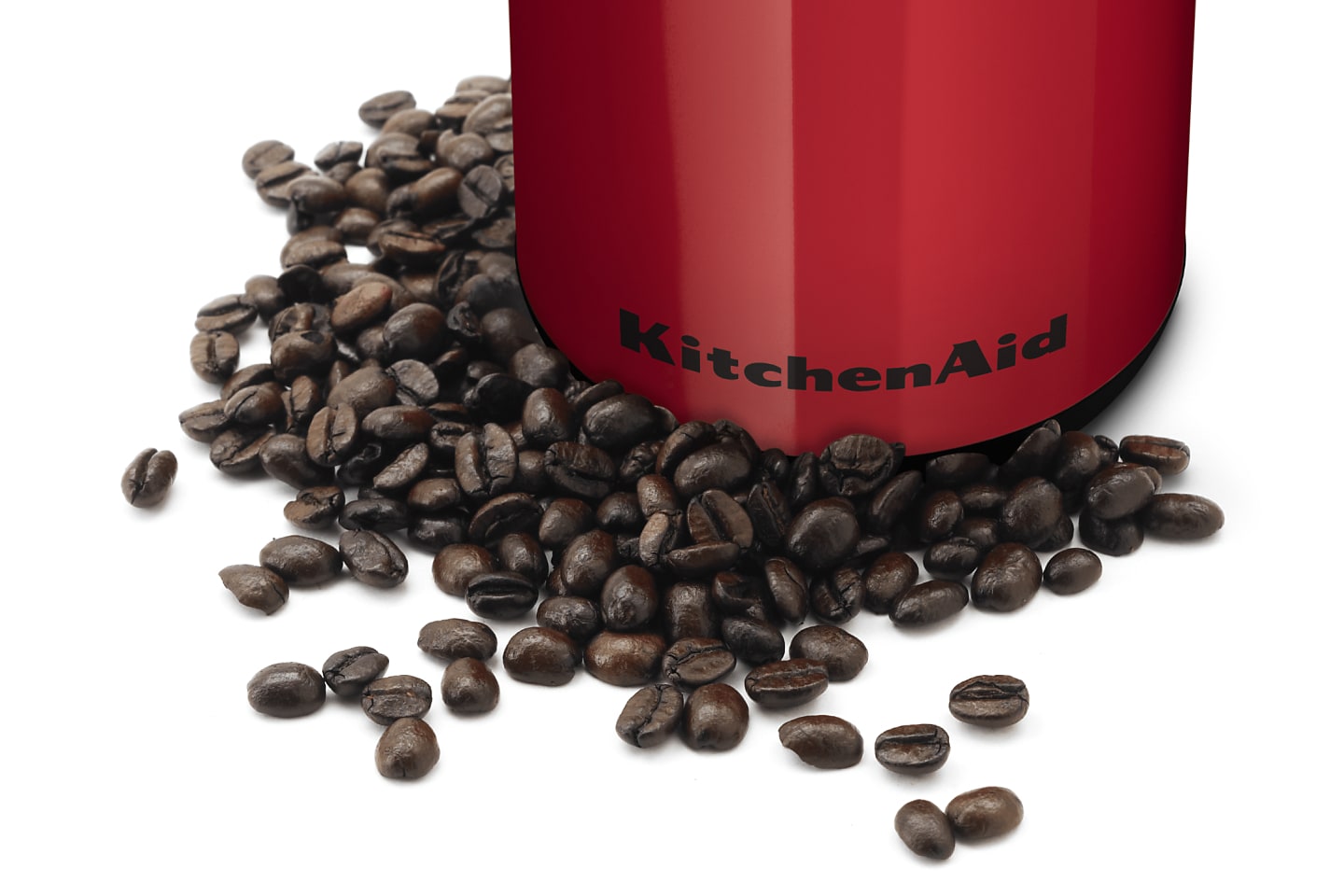
WHAT ARE COFFEE BEANS?
Contrary to popular belief, coffee beans aren’t actually beans at all—they are the seeds of a cherry-like fruit or plant. After the seeds have been harvested, the pits are ready to be fermented and roasted, processes that remove moisture and help develop the flavor profile unique to each bean type. From there, the roasted beans are ready to be used for a variety of recipes. Grind coffee beans for your morning coffee cup or for a classic Tiramisu recipe – the options are endless!
THE 4 MOST POPULAR TYPES OF COFFEE BEANS
As you explore recipes that call for coffee, you may have experienced some of the many types of coffee beans available. While they may look similar, the different types of coffee beans have distinct characteristics that all contribute to elements like flavor and texture.
Learn about the four most popular types of coffee beans—Arabica, Robusta, Excelsa and Liberica—and when to use them.
BEAN TYPEORIGINFLAVORBEST USE
ARABICA Native to Ethiopia Variable – distinctly not bitter Brewed coffee
ROBUSTA Native to sub-Saharan Africa Bitter – woody or nutty Coffee blends and espresso
EXCELSA Southeast Asia Complex – tart, fruity and dark Brewed coffee and blends
LIBERICA Southeast Asia Unusual – nutty and woody Brewed coffee and desserts

1. ARABICA
Arabica coffee beans are the most popular variety worldwide. Arabica beans are native to Ethiopia but are grown in several countries throughout the world with tropical climates and high altitudes. Dark brown in color and smooth to the touch, the Arabica bean develops a diverse flavor profile ranging from slightly sweet and fruity to nutty when roasted.
Arabica beans are considered the most high-quality variety and can be found in most places where coffee beans are sold, from the local supermarket to your favorite coffee shop. The popularity and versatility of the Arabica bean make it a great choice for many recipes that call for coffee beans, from freshly brewed coffee to coffee cakes.

2. ROBUSTA
With a distinctly larger and more rounded shape, Robusta coffee beans are the second most popular variety. While they are native to sub-Saharan Africa, Robusta beans are grown mostly today in Africa, Indonesia and India. When it comes to Arabica beans vs. Robusta beans, Robusta beans have a deeper and more bitter flavor profile with undertones of wood and nut.
Because of this bitter flavor, Robusta beans are commonly used in coffee blends as a complement to other coffee flavors. You’re less likely to find this coffee bean on its own, with the exception of instant coffee or espresso beans. The bold notes in this coffee can stand up to the additions of cream, steamed milk and other flavorings. To find quality Robusta beans for creating espresso recipes or coffee blends, try browsing a specialty coffee retailer.

3. EXCELSA
First discovered in Africa, most of the Excelsa beans processed today are grown almost exclusively in Southeast Asia. With a slightly elongated oval shape, the Excelsa bean grows well in medium altitudes. Excelsa coffee beans are known for their incredibly complex flavor profile and are commonly used in coffee blends for added dimension. Its delicious flavor also makes the Excelsa bean a popular stand-alone brew choice.
Compared to other types of coffee beans, Excelsa beans combine light and dark roast traits to produce unique flavors ranging from fruity and tart to rich and bold. The unusual depth of the Excelsa flavor makes the bean difficult to find outside of Southeast Asia, so this type may need to be sourced from a specialty retailer.

4. LIBERICA
Native to central and western Africa, the Liberica bean is highly tolerant of harsh climates and low altitudes, growing well in countries throughout Southeast Asia including Indonesia, Malaysia and the Philippines. An almond-shaped seed with a floral and somewhat fruity aroma, the Liberica bean can most likely be found in Philippine food markets or specialty retailers.
Often noted as having a controversial flavor, the Liberica bean boasts an unusual but full flavor profile that can be described as nutty or woody. While it can be used on its own for brewed coffee, the unique flavor of the Liberica bean makes it a popular blend choice and a creative option for adding a more potent taste to recipes.
SOURCE: KITCHENAID.com
No comments:
Post a Comment